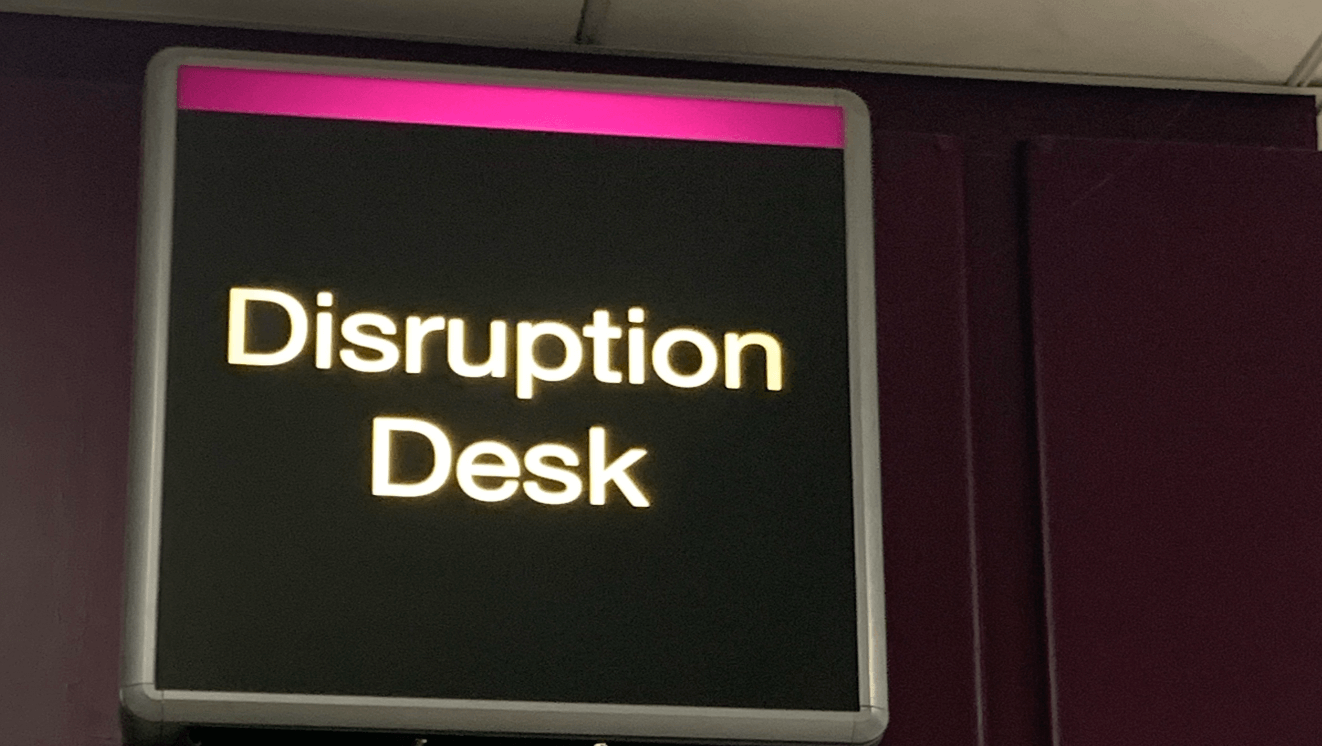Summary: Improvisation skills help UX designers generate creativity and collaborate more effectively with stakeholders.
Improv skills are vital for those working with complexity in technical environments.
- Technical environments bring laser focus, where you’re expected to think of solutions fast. This mindset is anti-creative and problematic. Why? Because the most intelligent and long-lasting design ideas come from careful examination of the problem space first. In UX, we first explore a user’s context of use, then approach solutioning fully informed of problems, pain points, bias, harm cases and more. Jumping to solutions too quickly is foolish for UX design goals.
- Complexity involves collaborating with stakeholders, generating designs alternatives quickly, working with organizational constraints, and more.
First, what is the big deal about Improv?
Improvisation or ‘improv’ is a way to hack how you think, communicate and collaborate. What you are hacking is yourself: your bias, your need to mismatch, fight for your corner, or spark creativity outside the box. Instead, you must operate expertly inside the box, with technical and business constraints. Even more challenging, you must build within the constraints you don’t see: organizational culture. In UX efforts, this means fostering collaboration and building user advocacy; like at Apple, everyone thinks about the user.
Improv prepares you to be unprepared. It is the art of acting without a plan. It helps you be equipped for every scenario. Improv uses the “Yes, and” mindset. Design powerhouse Bucky Fuller used to say “Don’t fight forces; use them”. Improv builds instead of blocking or dismantling. It also interrupts our pattern of defending our designs, seeing what’s wrong with designs, or arguing with stakeholders about who’s right.
Typical stakeholder vs designer interaction
Stakeholder: “As a user, I wouldn’t click on that thing. My son wouldn’t even want that feature.”
Designer: “Well, your son is not the target audience, and you are not the user either.”
Designer interaction with Improv
Designer: “Yes, I wouldn’t click on it either, and I’m not the user. Is your son the target user? What would your son want instead?”
Stakeholder: “He could be. He probably would hit the settings icon to set that up.”
Designer: “Yes, users need to be able to do this with Settings. And recall there were users who struggled with basic UI elements in our user research. This underscores the need to go back and validate with users to see if either way is intuitive to them at all. We ought to test with users like your son to see if we’re on track.”
How Improv skills make UX Designers better
A study done among Interaction Designers and Improv comedians found that comedians outperformed UX folks in design solutions. Once designers were taught Improv skills, the number of ideas almost doubled, though comedians still generated more. So, improv helps improve creativity. But it may also explain how creativity works in our brains.
Studies on the use of improv by design teams yield impressive results:
- Improv enhances brainstorming effectiveness by design teams (Gerber 2009).
- Enhances team collaboration performance in design (Lacerda & Chung 2011).
- Boosts divergent thinking capabilities (understanding the problem space deeply), leading to richer design solutions later (Lewis, C., & Lovatt, P. J. 2013).
On that last point, while improv boosts divergent thinking, it’s not a substitute for user research any more than AI replaces user research. However, improv can improve your interactions with AI.
Many studies on improv and design show why improv is an unnoticed core UX professional skill. Elizabeth Gerber (2009) at Stanford University found five benefits:
- Improves creative collaboration
- Fosters Innovation
- Supports spontaneity
- It helps you learn through error
- Improves your presentation skills
Need 3 more pluses?
1. Strengthening stakeholder relationships
Effective collaboration lies at the heart of successful UX design. Improv equips designers with the tools to cultivate active listening and a better understanding of stakeholder points of view. By frontloading trust and respect, designers can align their solutions more effectively with stakeholder expectations, enhancing project alignment. Better stakeholder interactions can help influence stakeholders to adopt more user-centered processes, like Rapid Ethnography.
2. Overcoming cognitive biases for enhanced creativity
UX designers often encounter cognitive biases from external forces or from engineers or senior managers that can hinder the Human-centered design process. Improv training enables designers to creatively confront biases, promoting a more open-minded and adaptive mindset. By fostering an inclusive atmosphere where every idea is valued, designers can break free from the constraints of two nasty biases that enter design efforts: confirmation bias and negativity bias.
Confirmation bias: Stakeholders or designers that have little contact with users will rely on information that supports their beliefs while ignoring ‘contrary’ facts and evidence. This is confirmation bias. Confirmation bias is even present in when designers generate concepts (Hallihan, Cheong, Shu; 2012; Confirmation and Cognitive Bias in Design Cognition).
When you bring user data to conversations, you can turn the conversation to user needs versus being stuck with stakeholders and/or your own biases.
Negativity bias: UX folks constantly look for and fix what’s wrong. Negativity bias means our brains are wired to find what’s wrong, but we fixate on this and miss what’s right. As Rolf Molich, usability testing pioneer, once said, “Make sure to include positive findings in your test reports too.”
So, improv keeps us on guard and shakes up our potential for bias, as well as that of our stakeholders.
3. Cultivating a culture of collective ownership
The shift from ‘my design’ to ‘our design’ signifies a significant transformation in collaborative-driven UX. Improv fosters a sense of shared accountability and collective responsibility, encouraging teams to work cohesively towards a common goal. By emphasizing the importance of diverse perspectives and collaborative decision-making, designers can co-create innovative solutions that resonate with the team and the end users, ultimately leading to more impactful and user-centric designs.
What to notice: Integrating improv techniques into UX design processes can spark functional communication, challenge cognitive biases, nurture collaborative team dynamics, and inspire more precise design solutions. By embracing the improv mindset, designers can elevate the quality of their work, deliver more impactful user experiences, and position themselves as better evangelists of Human-centered design in their organizations.
Explore Improv skills at this Improv for UX Masterclass… (or buy the recording)








